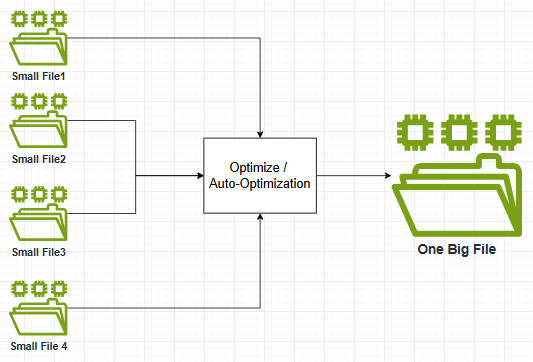Member-only story
PySpark vs. Spark SQL: A Love-Hate Relationship
I don’t know who this might offend, but I have to say it — I hate PySpark.
Before you come at me with pitchforks, let me explain.
PySpark feels clumsy and overly complex, with far too many functions and methods to import. It doesn’t quite know what it wants to be — is it Python? Is it SQL? The learning curve is frustrating, even though it’s undeniably powerful and highly extensible.
But here’s the thing: I love Spark SQL — and that’s where my struggle begins.
Why PySpark Feels Like a Mess
If you’re coming from a Python background, you expect things to behave in a certain way. But PySpark is not pure Python — it’s a distributed computing framework with quirks that can drive you crazy.
For example, something as simple as getting the last element of an array should be straightforward, right?
Well, not in PySpark. Unlike Python lists, negative indexing does not work.
from pyspark.sql.functions import element_at
df = spark.createDataFrame([(1, ["apple", "banana", "cherry"])], ["id", "items"])
df.withColumn("last_item", col("items")[-1]).show()🔥 Boom! Error. You will get NULL. PySpark only supports positive indexing.
Solution?
To get the last item in an array, you need to:
- Use
size()to get the array length. - Subtract 1 to adjust for zero-based indexing.
from pyspark.sql.functions import size, col
df.withColumn("last_item", col("items")[size(col("items")) - 1]).show()Honestly? Annoying.
Why I Love Spark SQL
Spark SQL, on the other hand, just makes sense if you come from a SQL background. The syntax is familiar, intuitive, and far less verbose than PySpark’s DataFrame API.
Compare these two approaches for filtering a dataset:
🔹 Spark SQL:
SELECT name, age FROM users WHERE age > 30;🔹 PySpark DataFrame API:
df.filter(df.age > 30).select("name", "age").show()




